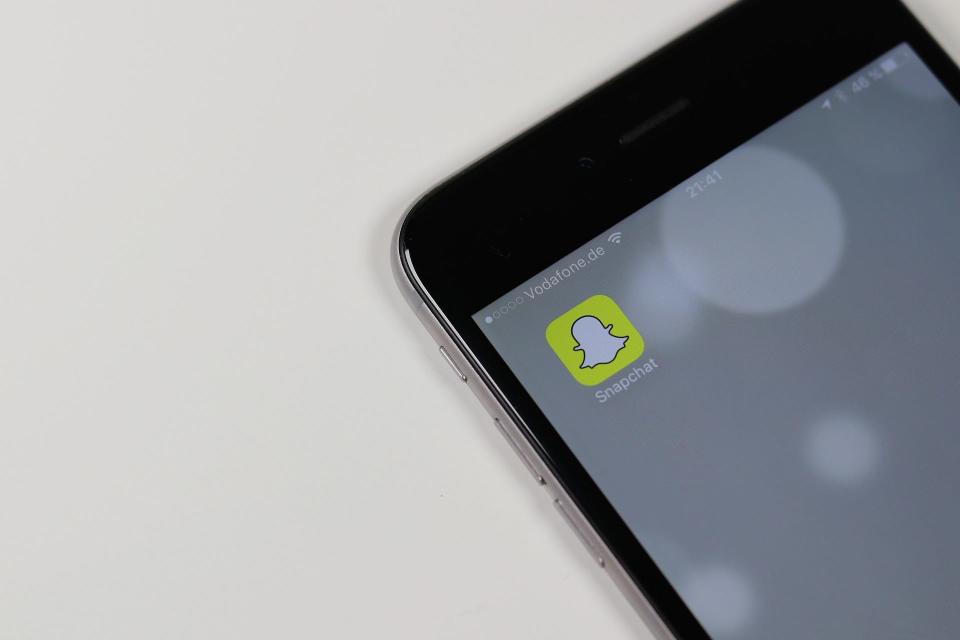How do St. Cloud schools coordinate with police for student safety?
Last week, some Tech High School students left early in response to a threatening social media post saying a shooting would take place in the school. That same week, St. Cloud police said they had arrested a McKinley student who allegedly brought a handgun on a school bus. In September, Apollo high school was one of over a dozen high schools from across the states where law enforcement around Minnesota responded to false reports of an active school shooting.
Earlier this week, St. Cloud Area Schools Superintendent Laurie Putnam and St. Cloud Police Commander Martin Sayre spoke with the Times about the processes of how they respond to threats against student safety..
Putnam explained that it begins with being alerted by either students or their families. "Recently, we've seen most of our concerning posts coming from Snapchat," she said.
More:Police investigating after St. Cloud student suspected of possessing a gun on a school bus
The fact that threats are being made on apps like Snapchat can make handling these situations more difficult. "Commander Sayre, nor I are on Snapchat. Nor any of our principals," Putnam said. According to a 2020 survey by Statista, 48% of snapchat users were between the ages 15 and 25. For users ages 46 years and above, they made up only 16%.
Other difficult and unique features to the popular social media app is that messages and posts can disappear. Also, when screenshots of posts or messages are taken, a notification is sent to the user who's posting along with the account information of who took the screenshot, which can discourage people from even reporting threats.

Once law enforcement is alerted of a threatening social media post, Putnam said "side-by-side" investigations begin. From the school, the district will look for clues and consult with students to try to learn where a threat came from and see if it poses a threat unless law enforcement says it is.
Law enforcement will look at a social media post, and Sayre said they asking themselves "Does this statutorily meet any elements of a criminal statue?" He said direct threats are often what they are looking for when reviewing a post as well as seeing where the post is coming from. When referencing the incident involving the McKinley student, Sayre said that incident was easier to assess as the elements relating to it were not digital. Investigative review of social media activity can often take long periods of time. "When we have direct conversations... with a concerned parent that is willing to assist us, we can get to the bottom of this a lot faster," he said.
As a preventative measure, in regard to concerning social media activity, Putnam said the district has a digital citizenship curriculum that promotes proper social media etiquette. "One of our [middle school] principals found some concerning social media use over the weekend and so she went into all the middle school classrooms and taught those lessons and expectations," Putnam said.
Putnam said the recent false shooting reports are related to a nationwide TikTok challenge. High schools from South Carolina through Alaska have also had similar reports. Similar events took place across the country last year.
More:National TikTok challenge to threaten schools causes stir, police unaware of credible threats
This article originally appeared on St. Cloud Times: How do St. Cloud schools coordinate with police for student safety?

